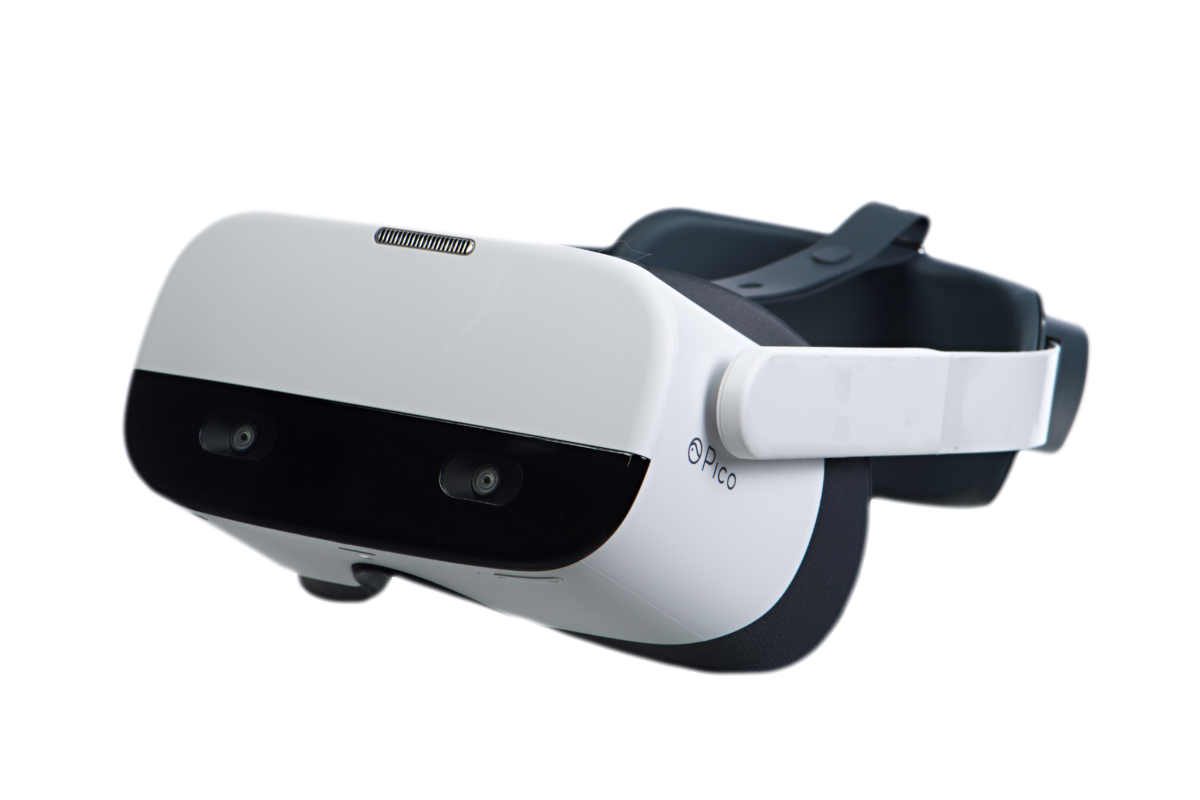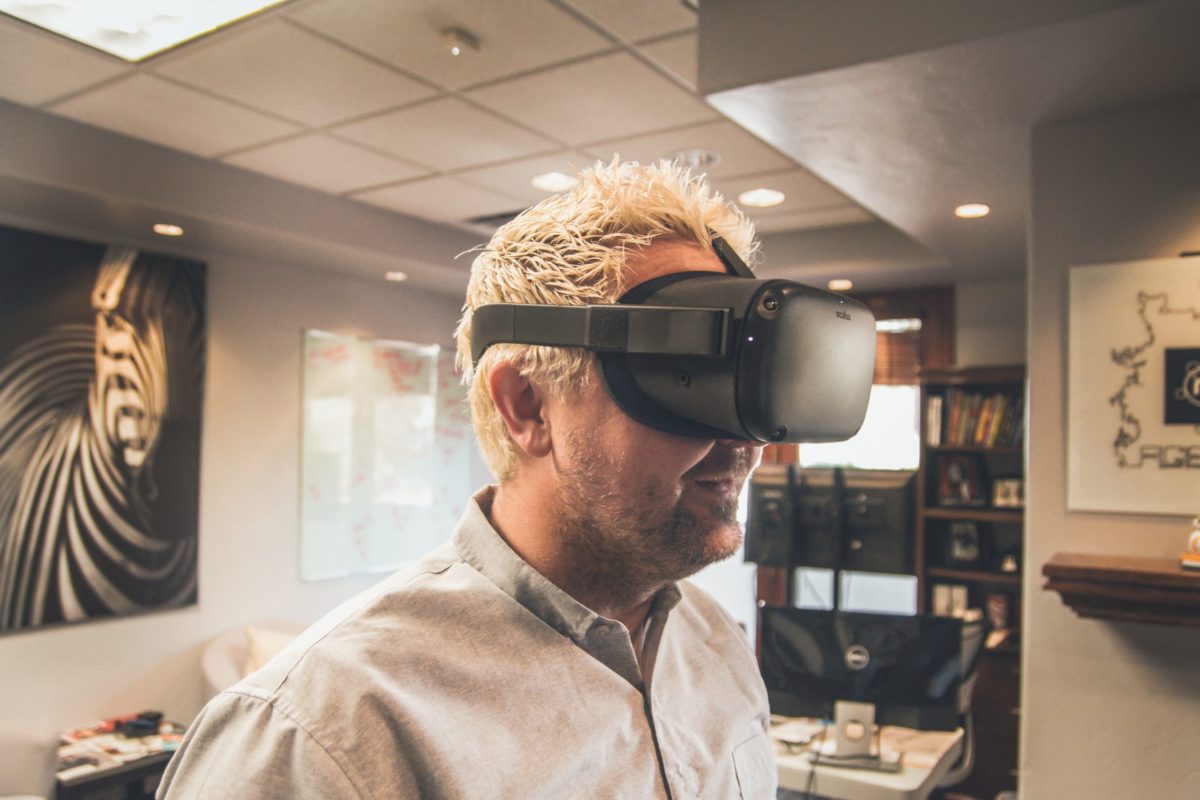Introducing and implementing new training initiatives can be challenging, even for small organizations with few requirements.
First, there’s the inertia, (“but we’ve always done it this way!”). Then, there’s the small matter of budgets, (“we fight for every dime we get — what’s this going to cost?”) Then there’s the question of acceptance, (“do employees actually want this?”). Then add the fact that it’s a brand new technology that (likely) no one in the organization has ever worked with before into the mix.
Now, imagine those challenges in a much larger organization, one with complex or potentially hazardous job activities as part of their mission and you can imagine the difficulty.
Despite the perceived hurdles that come with anything new and different, more and more businesses are turning to VR to solve their 21st Century workforce training challenges as the benefits of doing so continue to be proved and the technology validated every day.
Let’s dive deeper on that point.
Where are the Training Performance Wins?
Virtual reality training connects people in ways that, before, just weren’t possible.
Geographic and time differences vanish into a common, contextually ideal virtual training environment. Learning retention increases significantly as mistakes become opportunities for improvement. Training for rare but critical aspects of the job, including potentially catastrophic events, becomes viable.
The days of boredom-inducing PowerPoint slides and comically outdated videos appear numbered, (at least in the long-term), as VR Training is shown to improve everything from individual employee skills to team collaboration and training efficiency. This highly relevant, “hands-on” training provides major performance impact on your organization.
Virtual training systems provide direct benefits in cost and time savings and ensure qualified and confident employees.
Further, virtual reality training systems can also create a platform for continuous improvement, from ensuring more consistent product and service delivery, to improved worker safety and reduced liability. As a result, a fully realized VR Training solution can contribute to the overall health and profitability of the business.
Let’s explore how VR Training’s accessibility and adaptability can improve training systems themselves within your organization, and how to grow the solution properly, enabling you to reach thousands of employees in various fields, locations, and use cases.
VR Sets Training Systems Up for Success
The most effective learning comes from on-the-job training, but it’s challenging for organizations to create these experiences. Virtual reality can recreate unpredictable and shockingly realistic scenarios, allowing employees to practice the unthinkably rare over and over again without physical risks or complications.
As Deloitte describes, research shows that VR Training reduces the time it takes to learn, decreases the number of trainee errors, increases the amount learned, and helps trainees retain knowledge longer than traditional methods. When used with existing training, VR is a tool that provides the following:
- Information for Optimal Education
VR Training uses the most advanced content available, and that’s before even diving into the benefits of its technology. Premium VR Training is developed by subject matter experts who combine realistic narratives with the appropriate curriculum and present it in an extremely accessible format. - Immersive Real-Life Learning
Although it’s virtual, it’s also very realistic. Trainees are immersed in an active 360-degree learning environment that dissolves the barrier between virtual and actual reality. The right VR Training will provide fully immersive and interactive 3D environments that are photorealistic and don’t produce “lag” — a state of disconnect between the user and the virtual world in which they’re training.
Using a headset and controllers, trainees look, speak, and move freely in a virtual setting, interacting with simulated real-world tools, machinery, and other trainees and instructors. The VR world simulates real-world actions and consequences.
VR Content Distribution Platform: The Key to Scale
So, we’ve made a reasonably strong case for VR Training. But without next steps in mind, training departments who have shepherded a pilot program into existence may be like the dog that caught the car: once they get it, they’re not sure what to do with it.
While the initial VR Training experiences themselves may have shown promise and delivered value, with their initial success comes an all-important question: how does it scale?
That question is followed by others, including:
- “How do we provide VR Training for different employee skillsets and levels of ability?”
- “How can we manage and deploy a fleet of VR devices — and what if we have different devices?”
- “How do we ensure the correct training reaches the proper training locations?”
- “If we like the training, how can we add new training experiences to our program?”
- “How do we manage user profiles across the entire business?”
- “Where is training data stored? What training data is stored? How can we view it and share it to gain insight into training effectiveness?”
And so on.
Many companies haven’t been able to answer these questions, and have gotten bogged down in the proof-of-concept phase.
A complete VR Training solution is more than just a single training experience, it’s about having the ability to deliver those experiences, wherever needed, at will; it’s the difference between accuracy (the ability to hit a target once) and precision (the ability to hit a target repeatedly). With VR Training, we’re looking for the latter.
Scaling a VR Training solution across an entire enterprise requires a content distribution platform to simplify deployment, use, and management.
Multi-user VR Training, delivered on a proper enterprise distribution system, allows for experiential learning for all employees desired, regardless of their location, specific curriculum, or even the VR hardware being used. A VR content distribution platform allows you the flexibility to build incrementally to prove-out value, then add to your programs as you go. With the right platform in place, you can scale training to meet the needs of your organization and your workforce.
Below are the steps you can take to understand the potential uses for VR in your organization, and to scale it according to need with the right platform:
- First, Identify a Logical Starting Point
Focus on one area of business and begin to test and gain information about what’s needed to improve training outcomes. Organizations typically start with a pain point, such as an area of training that’s logistically difficult to provide, prohibitively expensive to conduct, or potentially dangerous to attempt. Businesses can also focus on areas of training that are currently delivering lacklustre real-world outcomes. Implementing VR Training in these areas can demonstrate the value of the technology, provide a return on investment, and based on that success, reveal other potential applications for the training. - Get a Baseline for How VR Training is Working
VR Training collects data on its users. Trainers can easily see the big picture results, as well as details, including what works for trainees and how long training takes. This data gives clear answers about what it takes to implement more VR Training and what improvements in performance employees can reasonably be expected to reach in other areas of the organization. - Scale the Solution Across the Enterprise
Provided your solution is built to scale with appropriate distribution and management platform, there are few physical or technological barriers to VR Training growth. As an organization continues to test and use VR Training, it collects more information about what can be taught universally and what needs further development. As VR Training is first proven to work on a smaller scale, repeating the implementation model can help it spread throughout your organization to obtain ever greater outcomes.
From Proof-of-Concept to End-to-End Training Solution
The beauty of a fully realized enterprise-grade VR Training platform like PIXO VR is that it answers the questions you’ve thought of — as well as those you haven’t even considered.
With the proprietary PIXO VR content distribution platform (now patent pending with the U.S. Patent and Trademark Office), new training software can be efficiently and accurately provisioned to numerous global endpoints and thousands of different users and devices — largely without regard to the make and model of the VR headset, (or headsets, plural), being used. Users can be authenticated and permissions granted or revoked. Individual trainee and team-level training data and profiles can be viewed and managed with ease in our intuitively designed client dashboard.
In short: that’s how you scale Virtual Reality Training for enterprise.

PIXO Has Improved VR Management to One Easy Step

